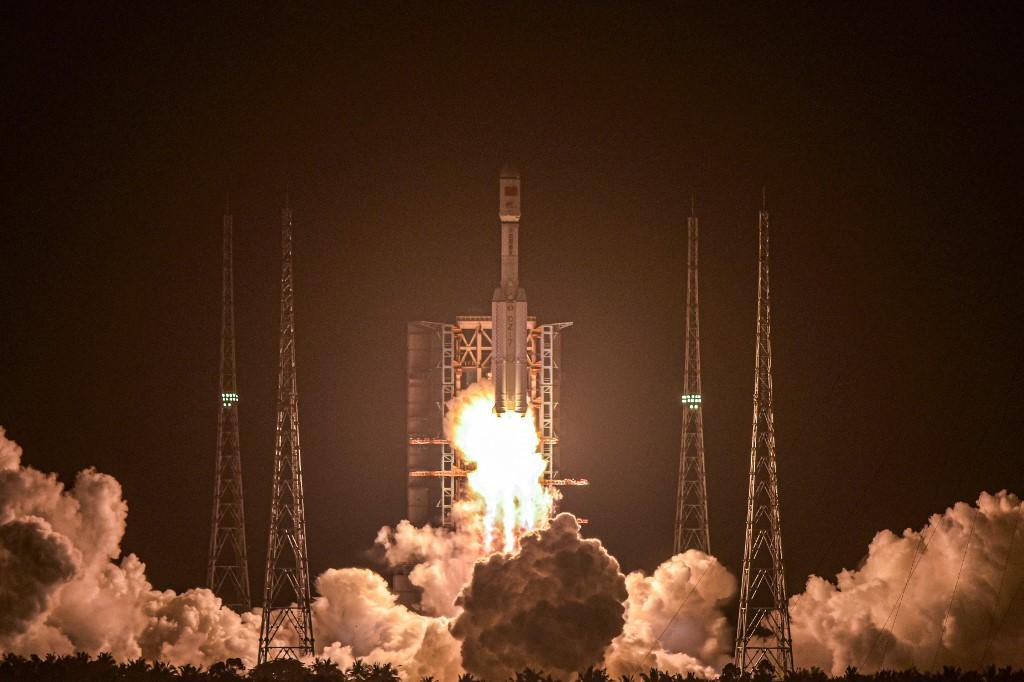Chinese cargo spacecraft successfully docks with space station module
When complete, the three-module space station will rival the International Space Station.
Just In
A Chinese freighter spacecraft, carrying supplies, equipment, and propellant, docked with the Chinese space station’s key module Tianhe on Sunday, the official news agency Xinhua reported.
The Tianzhou-2, or “Heavenly Vessel”, blasted off on a Long March-7 Y3 rocket on Saturday from the Wenchang Space Launch Center on the southern island of Hainan, the China Manned Space Engineering Office said.
Tianzhou-2 carried supplies and food for the crew of the Shenzhou-12, which will be launched next month for a three-month stay on the station.
Tianzhou-2 is the second in a series of missions needed to complete construction and assembly of China’s first self-developed space station in 2022, and follows the launch of Tianhe, the first module, in late April.
From June until 2022, four manned spacecraft and four cargo spacecraft will also be launched by the smaller Long March-7 and 2F rockets, which have a maximum low Earth payload of 14 tonnes and 8.8 tonnes, respectively.
When complete, the three-module space station will rival the International Space Station (ISS), operated by countries including the United States, Russia, and Japan. China was barred from participating in the ISS by the US.
Next year, China will launch the two other core modules – Wentian and Mengtian – using the Long March 5B, its biggest and most powerful space transport vehicle, capable of sending 25 tonnes of payload into low Earth orbit.
The same rocket was a source of worry earlier in May as it re-entered the atmosphere after delivering Tianhe into orbit.
Warnings of an uncontrolled re-entry of the rocket’s core stage revived memories of debris from the flight of the first Long March 5B in May 2020, which damaged buildings when it smashed into inhabited areas of Ivory Coast.
Remnants from the latest rocket finally fell into the Indian Ocean, but China drew criticism for not being transparent about the timing of the re-entry and trajectory.
Subscribe to our newsletter
To be updated with all the latest news and analyses daily.
